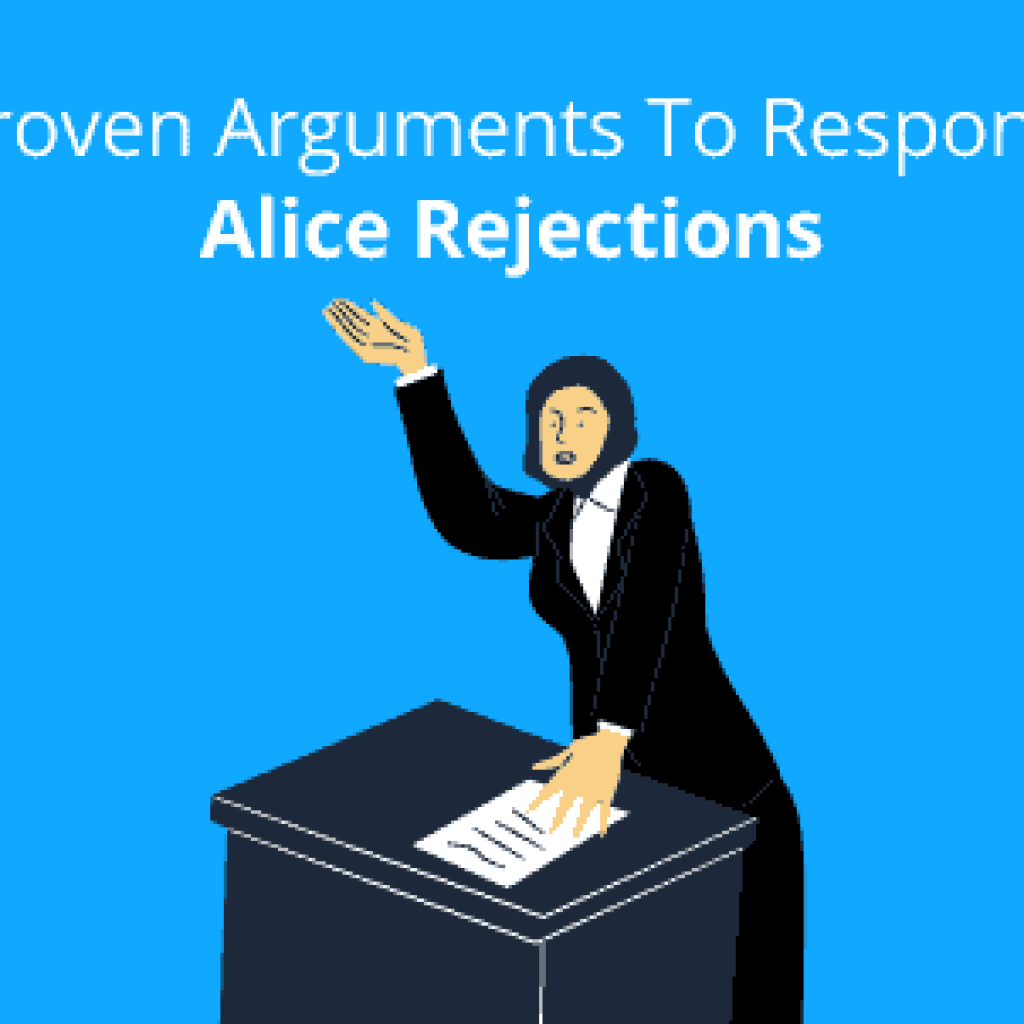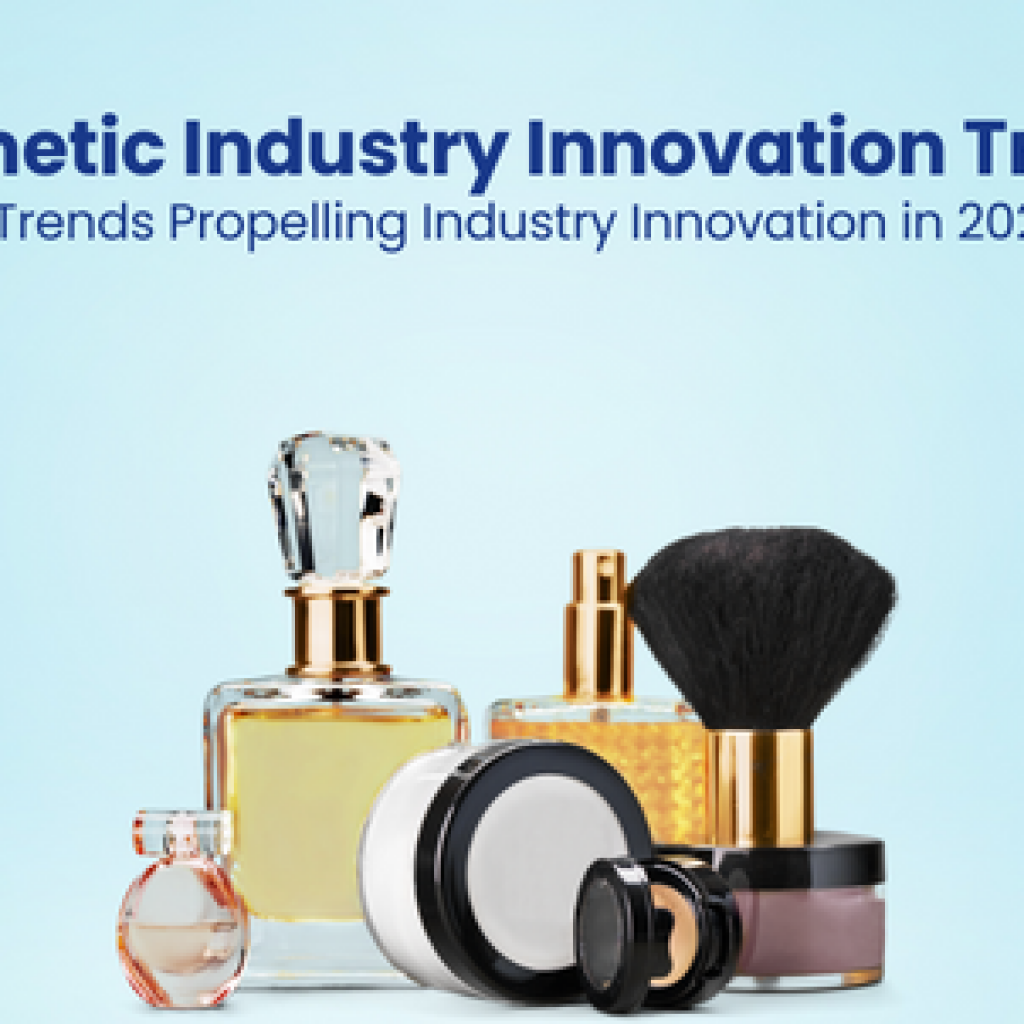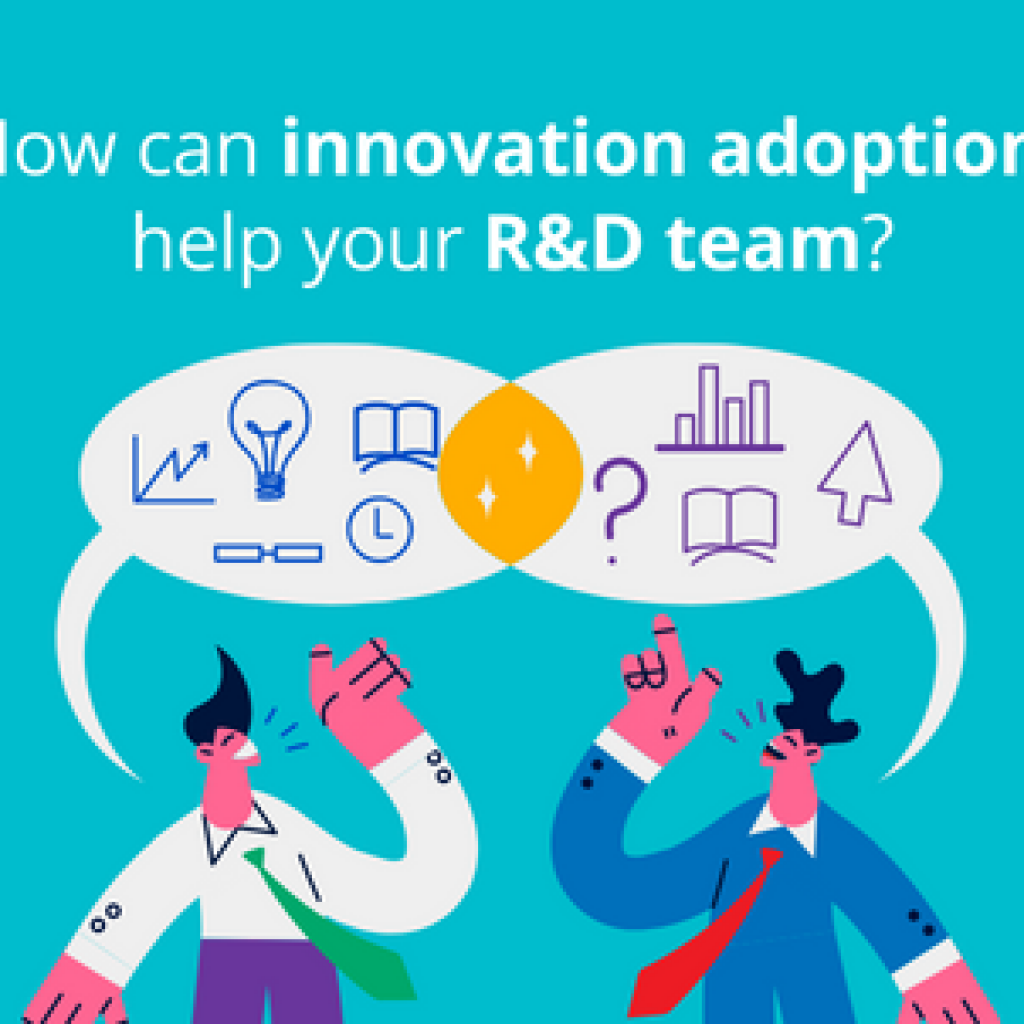There’s a way to do it better – find it.
– Thomas Edison
Are you at a managerial level where you want to create extraordinary collaborations among your R&D teams, analyze the market and product needs before anyone else and create an innovation mindset at every level to offer super-value to your consumers?
Or are you a member of R&D team who wants to get recognized for his innovative mindset, creativity and for applying problem-solving skills to diverse problems?
Edison’s five competencies of innovation, in the current global environment where everyone wants to be innovative, can help you achieve these goals, no matter at what level you are, by increasing your Innovation Literacy and honing your creative problem-solving skills.
In the book, Innovate Like Edison: The Success System of America’s Greatest Inventor, Michael J. Gelb and Sarah Miller Caldicott help you explore and grasp Edison’s five competencies of innovation.
The book professes that innovation is a science and not an art which can be practiced by any individual at any level or a team. So what we are waiting for, let’s have a look at Edison’s five competencies of innovation.
Hell, there are no rules – when we are trying to achieve something.
– Thomas A. Edison
Thomas Edison’s Five Competencies of Innovation
The 5 innovation competencies discussed in the book are below. A succinct description of each competency follows after the list.
- Solution-centered Mindset
- Kaleidoscopic Thinking
- Full-spectrum Engagement
- Master-mind Collaboration
- Super-value Creation
Solution-centered Mindset
We face unexpected problems every day, everywhere, and every person uses his own way to solve them. Some only think about the problem, which we call Problem-centric thinking and some think about the possible solution to get out of the problem, which we call the Solution-centric thinking.
So, what’s the problem with being a Problem-centric thinker? When you focus only on problems you might miss some untraveled paths. You lose focus on your purpose and your chances to go astray increases.
Edison’s quote, I have not failed. I’ve just found 10,000 ways that won’t work, is an example of his solution-centered mindset which, despite constant failures, gave him boundless possibilities to innovate. Added to that was his relentless focus on positive outcomes. Just think, what would have happened if Edison would have a problem-centric mindset. He might have quiet and humanity at large would have gotten a bulb decade later.
Simply put, the competency, Solution-Centered Mindset, professes us to instill virtues like goal commitments, optimism, and experimentation.
Kaleidoscopic Thinking
When you shake or twist a kaleidoscope, the fragments in it create unique patterns each giving you a unique perspective. Edison had a kaleidoscope mind in which he had ideas/principles of different fields –botany, electronics, literature, etc. – that helped him to see patterns which other might not be able to.
Edison worked on forty ideas simultaneously and he recorded all the observations in his notebook. This habit of him opened the door to what modern neuroscientists call Fluid Intelligence which is the ability to identify patterns and relationships in two totally different ideas.
Simply put, this competency helps you learn how to do ideation, how to handle information chaos and find patterns inside that to solve a problem.
Full-spectrum Engagement
One of the vital reasons for Edison success and relentless focus was his ability to keep burnout at bay. He survived on a 6 hours’ sleep a day for years and yet was as energetic in his 60s as he was in his 40s. How did he do that?
Edison took purposeful breaks from his job to dive into activities that revitalized his energy. He knew that relaxation, like hard work and hard thinking, was a vital element of success. Edison indulged in activities like gardening, fishing, reading novels, attending the theater, listening to music, and the like for facilitating himself mental vacations.
He mastered the art of moving back and forth between relaxation and focus and advised the same to his staff. The combination of overwork and stresses is lethal for focus. To strike a balance between the two which avoids burnout and keeps you energetic all the time is what Full-Spectrum engagement is all about.
Master-Mind Collaboration
The bigger the dream, the more important the team.
-Robin Sharma
Another area where Edison was ridiculously great at was building high-performing collaborative teams. He was crystal clear about his goals and needs and then he had another extraordinary ability to gravitate right people to hit those goals.
He assembled people with a diverse background that remained with him for decades. He used uncanny methods, at that time, to build his team. Some members of his lab staff were not formally educated, some were from liberal arts and many had a technical background.
He assessed an applicant by involving him in a live problem-solving exercise to check if he would be a good fit for the lab or not. Later he let his lab staff conduct experiments in their own style. His team building and team leading style yielded great products.
Super-Value Creation
Edison pioneered telecommunication, entertainment, and electrical power industries. He invented, manufactured, and commercialized world-changing products that moved national as well as international markets.
His Super-Value creation framework will help anyone in today’s hypercompetitive era to ship products that set new sales records. His approach drew customers to his products. Before shipping any product, Edison did a thorough study of the market to find who will be his potential customer, why he will purchase this product, under what condition, at what price and the like.
At that time, to get customer insights, Edison employed field agents. It was a slow process back then. Today, however, finding these kinds of insights is not tough. If you also follow his framework which is an amalgam of market gaps and an ideal customer profile, you will lead your R&D teams to breakthrough successes.









